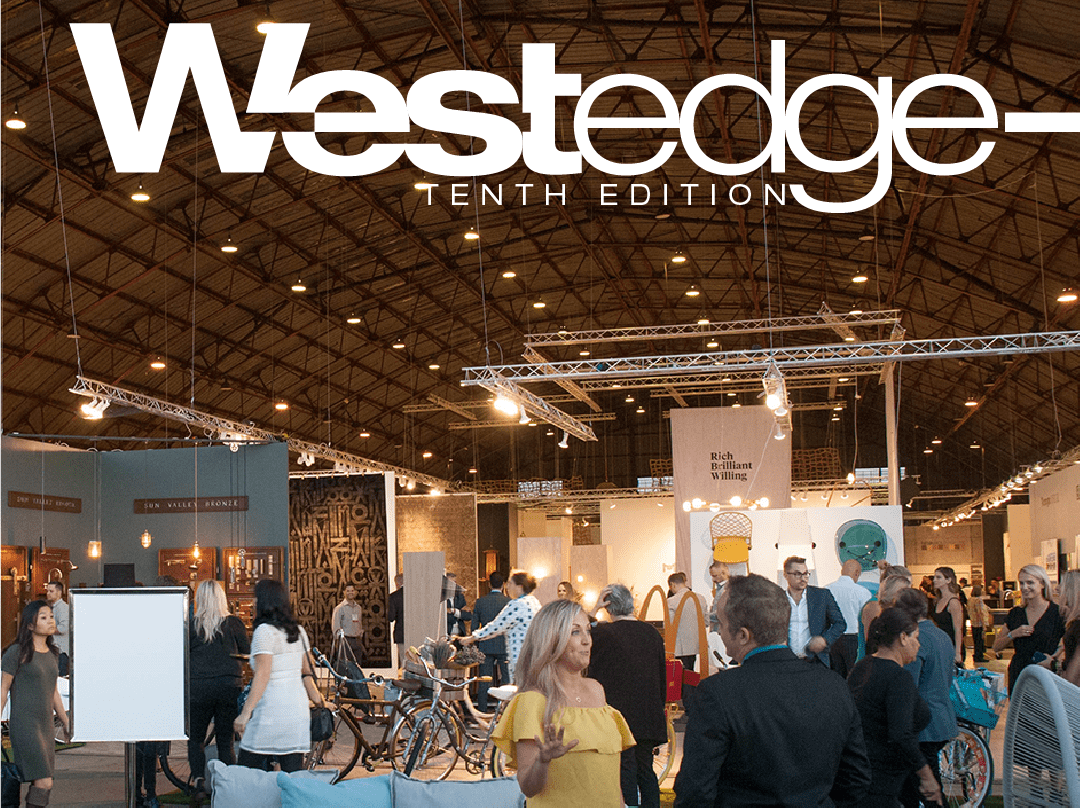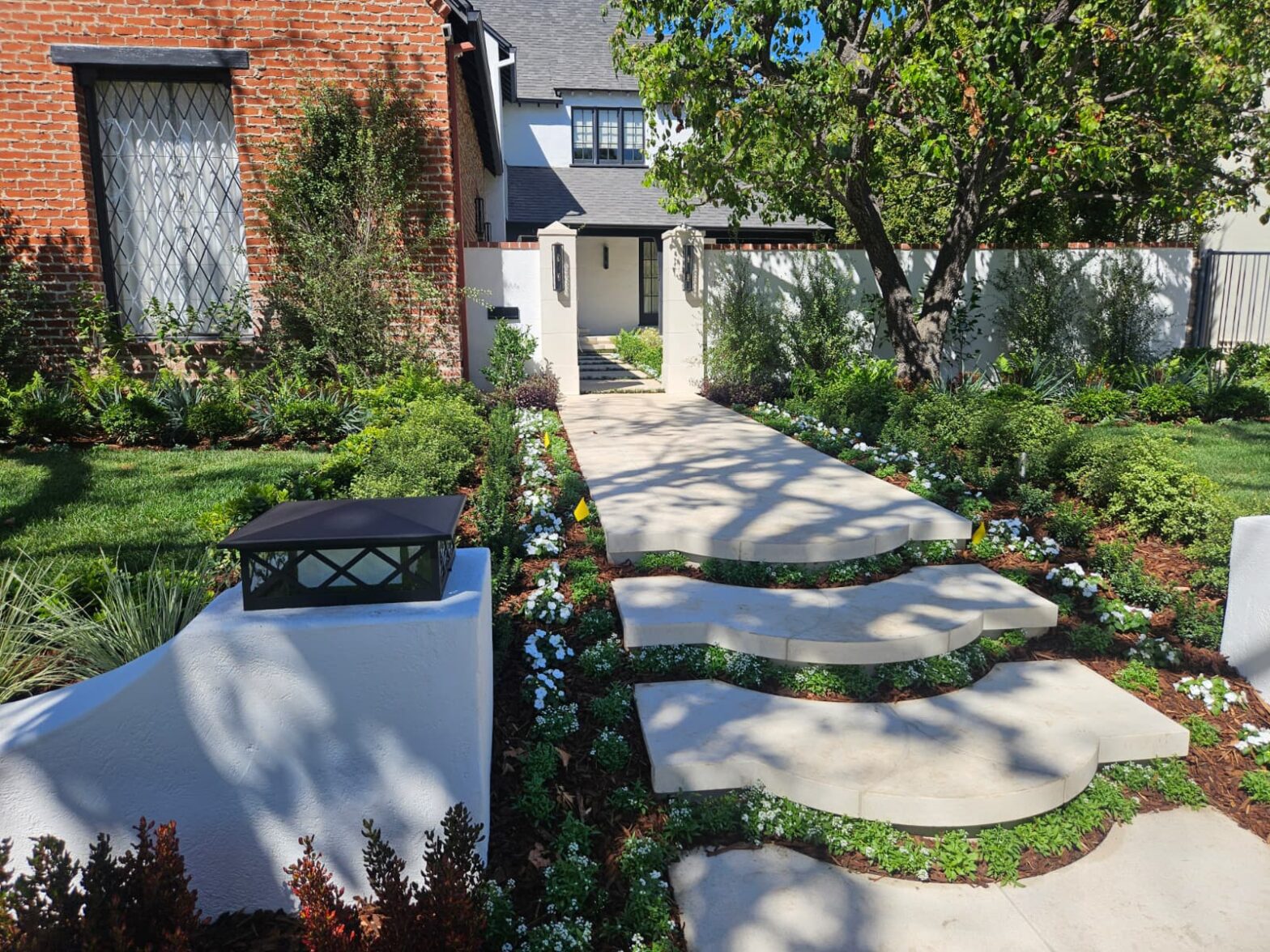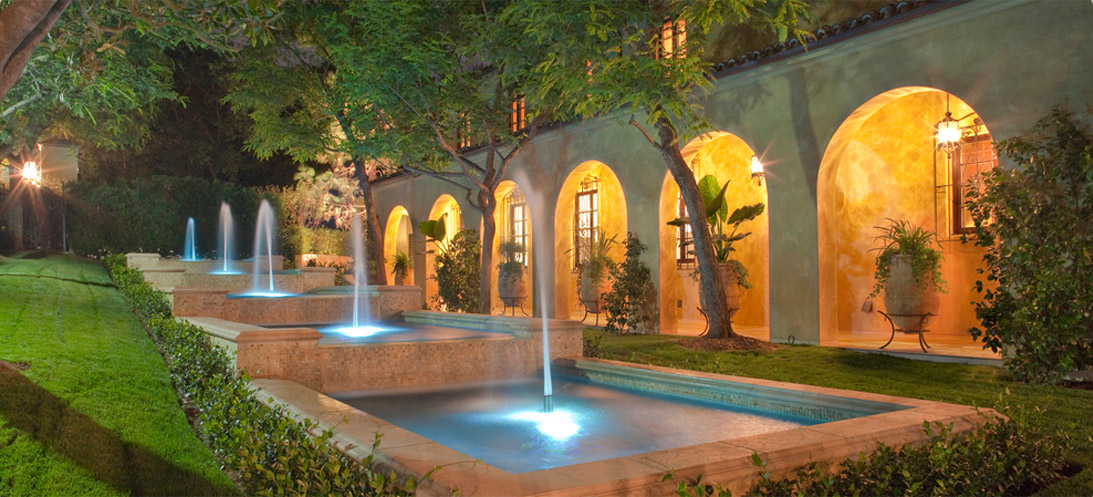By now we all know that Eco-Friendly, Energy Savings and Sustainability are all contemporary verbiage used to excite and bring you into the commercialization of Saving Dollars. With Earth Day coming up this April 22nd, we thought it would be an appropriate time to let you know about induction lighting systems as another way you can conserve energy and save significant additional money off energy bills, because we do care.
Technically speaking, an induction lighting system is viable and significantly more eco-friendly lighting solution that uses innovative technology in a system composed of three different components that work together to combine the principles of induction and gas discharge to deliver over 100,000 hours of white light. This system is historic, conceived by Tesla and now available for cost savings, yet, contemporary and innovational with today’s technology. According to Dave Miller, patent holder, “Induction lighting is based on technology that is fundamentally different from conventional gas sources or incandescent lamps. Instead of electrodes used in gas discharge lamps or the glowing filament of incandescent, light generation is by means of induction- the transmission of energy by way of a magnetic field – combined with a gas discharge.”
Not only that, an induction lighting systems also offer the following energy saving and maintenance benefits:
- There are no filaments or electrodes as in conventional lamps that are exposed to the effects of heat, vibration malfunction, or high electrical potential, and as a result are subject to deterioration of performance and finally to failure.
- Because the induced magnetic field can easily pass through the glass wall of the lamp bulb, no throughput wires are needed as in incandescent or discharge lamps, where the glass/metal junction is another vulnerable failure ar
- The high frequency power supply to the primary coil at 2.65 MHz – well outside normal broadcast and communication radio bands – ensures highly efficient energy transmission between the induction coil and the gas and metal vapor filling of the lamp bulb. Radiated energy levels close to an induction lighting system are no higher than from a distant radio transmitter while the UV radiated power is no more than that of a standard fluorescent lamp of the same power.
By the by, the economical benefits are significant: ADG also just completed a study that found for a big box store’s domestic chain, over a 12-year period we would create a savings opportunity of approximately $300,000,000 and 815,300 KW saved per year per big box, for 407,650,000 kWh throughout its locations in the U.S. The ROI (your Return on Investment) is increased when considering the savings in maintenance costs. The additional savings average’s increase will vary up to 11%. Eco-Friendly Bulb change out will occur at an average of 100,000 hours vs. the typical10,000 hour average to those ugly compact fluorescent. Also, every watt reduced in your lighting system results in a one-third watt reduction in your A/C load, while A/C is running.
Trying an induction lighting system is just one of many to help celebrate Earth Day this year. ADG urges you to think about your environmental impact this April 22nd, even if it’s a simple an act as turning off the light when you’re not in the room.
Chart/ Savings Calculator by Gerald Olesker












